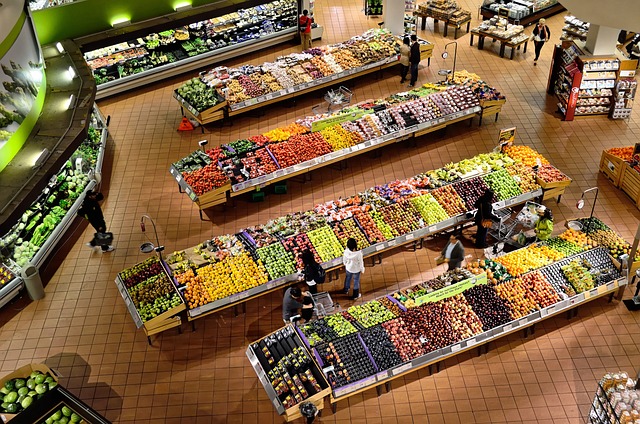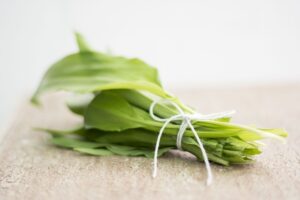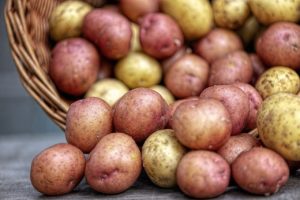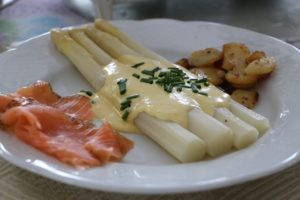
Substitutes and Food Info
There are countless South African products that can be conveniently purchased online today. In those rare instances where you can’t find what you’re looking for

Stepping into a German supermarket for the first time can feel overwhelming. The store layout is unfamiliar, your go-to brands might be missing, and figuring out what to call plastic wrap in German can be challenging.
This guide is here to help! We’ve gathered essential tips, a list of popular grocery stores, and convenient delivery options to make your shopping experience easier.
When it comes to buying groceries, you have a number of options available to you.
If you’re looking for a balance between quality and affordability, mid-range stores offer a great selection of high-quality products at reasonable prices.
If keeping costs low is your main goal, discounters provide budget-friendly prices while still offering a solid selection of essentials. These stores focus on savings rather than the shopping experience, so expect a no-frills layout with shelves that may appear a bit chaotic.
For bulk shopping or stocking up for a larger household, wholesale retailers offer great deals on bigger quantities. To shop at these stores, you’ll need a business license (Gewerbeschein) for Metro or a client card (Kundenkarte) for Selgros. Their setup is similar to Makro in South Africa.
To help you navigate the products in the shops, we created substitute lists for known South African products

There are countless South African products that can be conveniently purchased online today. In those rare instances where you can’t find what you’re looking for

Most products we know in South Africa are available in Germany, but unfortunately not all of them. Here is a list of product substitutes for some
Most of the shops listed above have online shops that deliver to your door.
For a limited list of items and fast delivery, you can use apps like Flink, Wolt, PiCniC or Flaschenpost
If you are looking for top-notch products that guarantee quality and exceptional taste, then it is highly recommended that you choose to buy local and seasonal produce. Not only does this option ensure that you are selecting the freshest fruits and vegetables available but it also helps support local farmers and their communities. It is also essential to note that some imported fruits may lack flavour when compared to locally sourced options. Thus, it would be wise to always check where your fruits come from to ensure that you get the best quality and flavour.
An example of this is when fruit is shipped to Germany; most of it goes through artificial ripening techniques such as Ethylene gas.
While this process does ripen the fruit, it is done at the expense of its taste, leading to the fruit being unappetizing and lacking its natural sweetness.
Therefore, buying local and seasonal fruits is always the best option for quality assurance and exceptional taste.
A Hofladen is a type of farm stand that sells produce directly from a farm. By definition: “A shop that is part of a farm and mainly sells its own products directly”.
The main advantages are that you know where the produce comes from, it is fresh as it doesn’t need to be transported over long periods of time and you can sometimes even pick the produce yourself.
We have a page with information about meat cuts, as well as where to buy meat, fish and seafood
Below are pages related to seasonal and local vegetables

Discover the magic of Bärlauch, the wild garlic that adds a burst of flavour to your dishes!

Experience Kürbiszeit: Germany’s Pumpkin Season From July to January, Germany celebrates Kürbiszeit, its vibrant pumpkin season. Discover the rich flavors, colorful festivals, and seasonal delights

Potatoes are staple food in Germany. You will find it as a side to almost any dish you order in a restaurant. The good news

Bis Johanni – nicht vergessen – sieben Wochen Spargel essen! The Asparagus season in Germany starts towards the end of April and ends on the

Shopping in Germany can be a daunting experience if you are not familiar with how things work here. The worst is probably grocery shopping. In

Click here to submit your recipe Seasonal recipes Resources on the web Ina Paarman Pinterest – on the Braai Jan Braai Watertand resepte vir oud en

Many describe German food as hearty and comforting, often based on filling ingredients like potatoes and bread. Yet, German cuisine has a refined side—”sehr fein”—and
You must be logged in to post a comment.